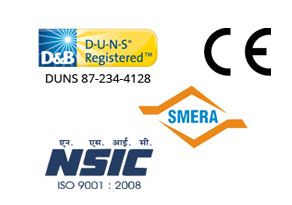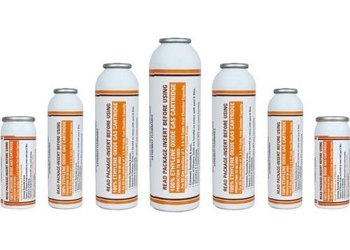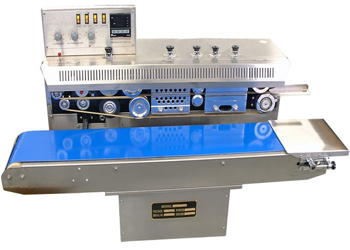Ethylene oxide gas sterilization is a critical process in the healthcare sector. Hospitals, pharmaceutical companies and medical device manufacturers rely on ethylene oxide gas sterilizers to ensure the sterility of medical equipment and supplies. With its ability to penetrate packaging and eliminate microorganisms without damaging sensitive instruments, ETO gas sterilization is widely used in the industry.
Beyond its technical benefits, EO gas sterilization has a significant economic impact on healthcare. It influences operational costs, regulatory compliance, patient safety and market dynamics. This article examines how ethylene oxide gas sterilization affects the healthcare economy, focusing on its advantages, challenges and financial implications.
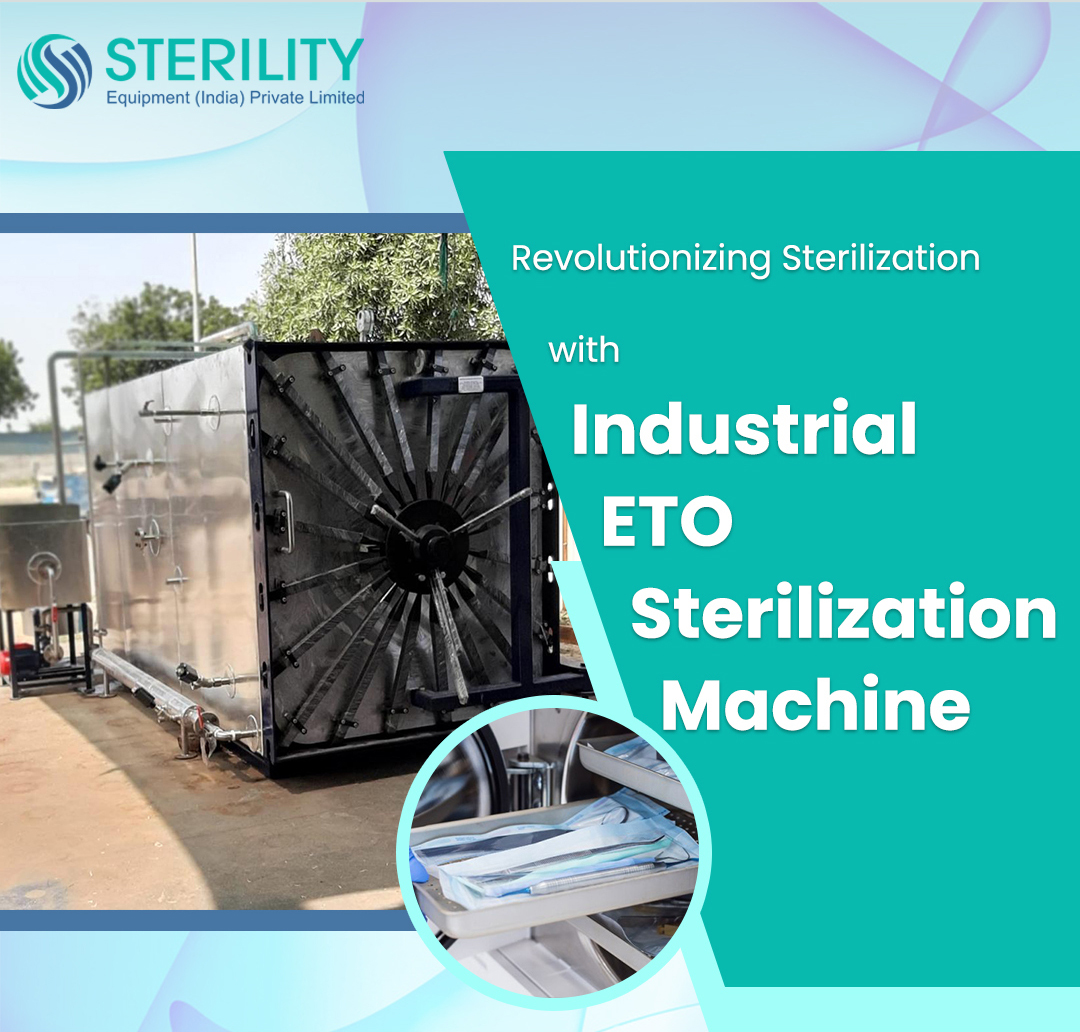
The Role of Ethylene Oxide Gas Sterilization in Healthcare
ETO Gas Sterilization Provides Essential for Medical Device Sterilization
- ETO gas sterilizers are used for sterilizing heat-sensitive medical instruments, such as catheters, surgical kits and pacemakers.
- The process ensures that medical tools remain contamination-free, reducing the risk of hospital-acquired infections.
- Many disposable medical products undergo EO gas sterilization before reaching hospitals and clinics.
ETO Gas Sterilizer Offers Cost-Effectiveness Compared to Other Methods
- Ethylene oxide gas sterilization is often more economical than alternative sterilization methods like gamma radiation or steam sterilization, especially for bulk processing.
- It allows manufacturers to sterilize large batches of medical devices simultaneously, reducing per-unit costs.
- Healthcare facilities using ETO gas sterilizers can extend the lifespan of reusable instruments, lowering procurement expenses.
ETO gas sterilization Impact on Healthcare Supply and Market Growth
- The growing demand for sterilized medical devices has led to an increase in the adoption of EO gas sterilizers worldwide.
- ETO gas sterilization supports the expansion of the medical device industry, contributing to market growth and job creation.
- The process plays a crucial role in ensuring compliance with health and safety regulations, affecting product availability and distribution.
Economic Advantages of ETO Gas Sterilization in Healthcare
Cost Savings for Hospitals and Manufacturers
- Sterilizing equipment in bulk lowers operational costs for medical device manufacturers.
- Hospitals using ethylene oxide gas sterilizers reduce expenses by reprocessing surgical instruments instead of frequently replacing them.
- The extended shelf life of sterilized products minimizes waste and replacement costs.
Reduced Healthcare Costs Through Infection Control
- EO gas sterilization helps prevent surgical site infections and other complications, reducing hospital stays and treatment expenses.
- Lower infection rates lead to fewer legal claims and liability issues, positively impacting hospital finances.
- The process supports patient safety, improving overall healthcare efficiency.
Scalability for Large-Scale Medical Device Production
- ETO gas sterilization allows manufacturers to sterilize thousands of units simultaneously, reducing per-unit production costs.
- It ensures compliance with global sterilization standards, facilitating international exports and trade.
- The ability to sterilize complex and delicate devices makes EO gas sterilization a preferred choice in high-volume medical manufacturing.
Challenges and Costs Associated with Ethylene Oxide Gas Sterilization
Regulatory Compliance and Safety Standards
- EO gas sterilization is subject to strict regulations to ensure worker and patient safety.
- Compliance with guidelines from organizations like the FDA and EPA requires investment in monitoring, testing and reporting systems.
- Non-compliance may result in fines, product recalls and operational disruptions.
Infrastructure and Maintenance Costs
- Setting up ethylene oxide gas sterilizers requires specialized facilities with ventilation and emission control systems.
- Routine maintenance and safety inspections increase long-term operational costs.
- Some healthcare institutions may outsource sterilization services to specialized facilities to reduce infrastructure expenses.
Potential Disruptions in the Supply
- Temporary shutdowns of sterilization plants due to regulatory concerns can affect the availability of sterilized medical devices.
- Hospitals and manufacturers must develop contingency plans to prevent supply shortages.
- Investments in alternative sterilization methods may be necessary in certain cases, adding to overall healthcare costs.
The Future Economic Impact of EO Gas Sterilization in Healthcare
Innovations in Sterilization Technology
- Advancements in EO gas sterilization systems aim to reduce cycle times, improve efficiency and lower emissions.
- The development of low-temperature EO gas sterilizers can further expand their use in sensitive medical applications.
- Integration with smart monitoring systems will enhance safety and compliance.
Increasing Global Demand for Sterilized Medical Devices
- The growing aging population and increasing surgical procedures will continue driving demand for sterilized healthcare products.
- Emerging markets in Asia, Africa and Latin America will contribute to industry expansion.
- Investments in large-scale EO gas sterilization plants may help meet rising global demand.
Cost Reduction Through Process Optimization
- Manufacturers and hospitals will invest in more energy-efficient EO gas sterilizers to reduce operational expenses.
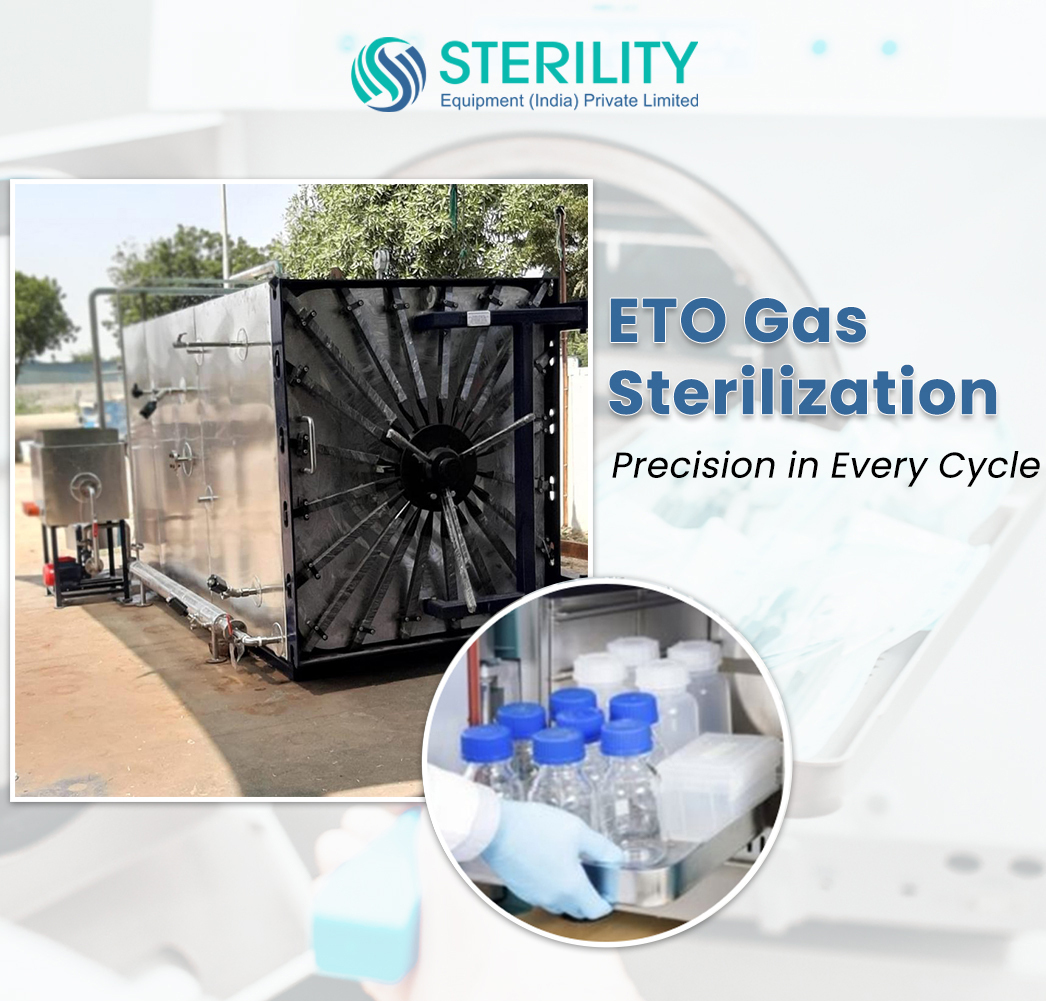
- Process improvements may allow for faster turnaround times, reducing costs for sterilization service providers.
- Automated sterilization workflows can enhance productivity and minimize human error.

Conclusion
Ethylene oxide gas sterilization plays a crucial role in the healthcare sector by ensuring the sterility of medical instruments, surgical devices and pharmaceutical products. Beyond its technical benefits, EO gas sterilization has a significant economic impact. It enables cost-effective large-scale sterilization, reduces healthcare expenses related to infections and supports the growth of the medical device industry.
However, the process also comes with challenges, including high infrastructure costs, regulatory compliance requirements and potential supply chain disruptions. As the healthcare sector continues to evolve, investments in advanced EO gas sterilization technologies will help optimize costs, improve efficiency and ensure patient safety.
By understanding the economic implications of ethylene oxide gas sterilization, hospitals, manufacturers and policymakers can make informed decisions to enhance healthcare operations while maintaining safety and efficiency.

